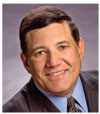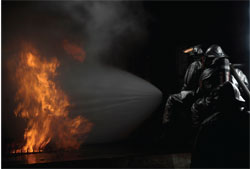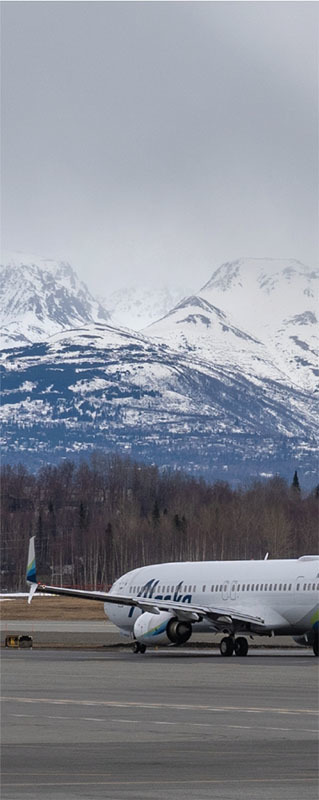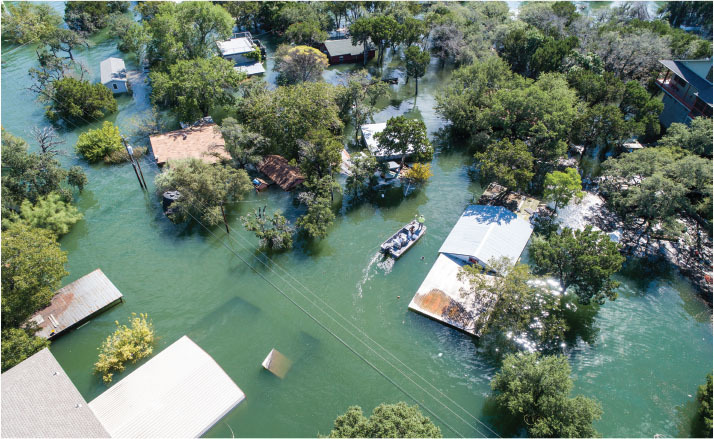June 2014
CONCEPTS
Fire Protection Engineering: A Status Report
BY CARL F. BALDASSARRA, P.E., F.NSPE
 As a long-time member of NSPE and the incoming president of the Society of Fire Protection Engineers for 2014, it was my pleasure to accept NSPE’s invitation to prepare a short article on the status of the profession.
As a long-time member of NSPE and the incoming president of the Society of Fire Protection Engineers for 2014, it was my pleasure to accept NSPE’s invitation to prepare a short article on the status of the profession.
I was pleased that NSPE and SFPE executed a memorandum of understanding earlier this year so that both organizations will work cooperatively to exchange information on pertinent issues via publications, reports, association conferences and industry meetings. The agreement includes exchanging invitations to each organization’s leadership to conferences, improving communications about each organization’s activities, promoting the engineering profession and the need for PE licensure and certification programs, promoting educational and training opportunities provided by both organization to each other’s respective membership, and working jointly in promoting the image of professional engineering and its ethical responsibilities to the public.
It is important to note that the PE exam in fire protection engineering has come a long way since it was first offered at the national level in 1981. The exam is now recognized by all 50 states with the exception of Hawaii (which remains a “work in progress”). It is also recognized by the District of Columbia and Guam. Additionally, since 1981, SFPE has made great strides to change the exam from a code-based (look-up) exam to a pure engineering exam that focuses on having the SFPE Handbook as its main reference. During this time, the practice of fire protection engineering has evolved from code-prescribed solutions to more engineered design. For example, the professionals’ work today routinely includes scientifically-based smoke control system design, hydraulic calculations of fire protection systems, and timed egress analysis based on human behavior. Accordingly, the specifications for the exam have changed as the profession has changed: In the past, the exam was more than 50% water-based problems. Now it reflects current fire protection engineering practice by including more questions on human behavior, fire dynamics, structural fire protection, and smoke management. (Water-based problems now represent 12% of the exam.)
Currently, SFPE is working with the National Council of Examiners for Engineering and Surveying to prepare the fire protection engineering examination for the change from the traditional pen-and-paper exam to a computer-based exam. Although this change may not occur for at least five years, we are working hard to build the size of our exam bank to meet the requirements of computer-based testing. SFPE also sees NCEES’s initiative to offer the NCEES exams to more countries outside the US as a great opportunity to expand the fire protection exam on a global level.
 SFPE is considered the source of scientific and technical information for the profession, publishing the successful Handbook of Fire Protection Engineering, several technical standards and guides, and presenting numerous technical seminars to members and nonmembers alike. For example, the Engineering Standard on Calculating Fire Exposure to Structures provides design professionals the technical basis used in performance-based structural fire resistance designs.
SFPE is considered the source of scientific and technical information for the profession, publishing the successful Handbook of Fire Protection Engineering, several technical standards and guides, and presenting numerous technical seminars to members and nonmembers alike. For example, the Engineering Standard on Calculating Fire Exposure to Structures provides design professionals the technical basis used in performance-based structural fire resistance designs.
SFPE continues to learn that the job market for graduates of fire protection engineering programs remains strong, with many of this year’s graduates receiving multiple job offers. SFPE and its Educational and Scientific Foundation have helped sponsor new degree programs at a number of institutions, including a new MS degree program at California Polytechnic State University at San Luis Obispo. In 2009, SFPE became a member of ABET. This was a vital step in SFPE's commitment to making certain that fire protection higher educational programs meet the educational standards set by the profession. Currently, SFPE evaluates two programs: the University of Maryland and Oklahoma State University. However, more fire protection programs will be receiving ABET accreditation thanks to the fact that more fire protection engineering programs are showing an interest in getting accreditation. ABET now accredits MS degrees, and ABET accreditation is achieving more recognition outside the US.
Despite this progress, challenges remain. Licensed fire protection engineers in the state of California have been precluded from sealing design drawings of fire protection systems, apparently the sad result of a turf battle among the professions. Today, California is the only state with this restriction. With continued cooperation with NSPE and other local organizations, we look forward to a favorable resolution with licensed fire protection engineers being fully recognized by the state.
Carl F. Baldassarra, P.E., FSFPE, is executive vice president with the fire protection engineering consulting firm of Rolf Jensen & Associates and is based in Chicago.


 Volunteering at NSPE is a great opportunity to grow your professional network and connect with other leaders in the field.
Volunteering at NSPE is a great opportunity to grow your professional network and connect with other leaders in the field. The National Society of Professional Engineers (NSPE) encourages you to explore the resources to cast your vote on election day:
The National Society of Professional Engineers (NSPE) encourages you to explore the resources to cast your vote on election day:



